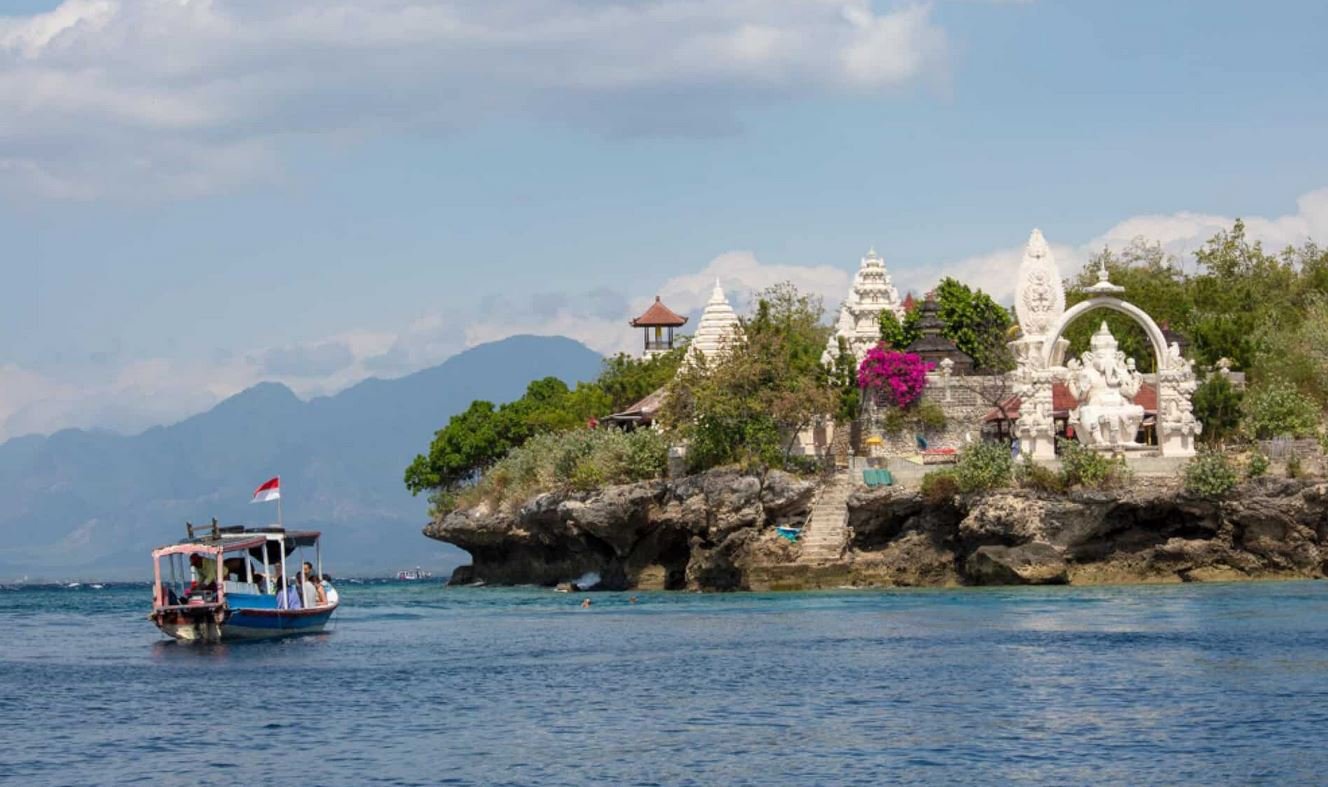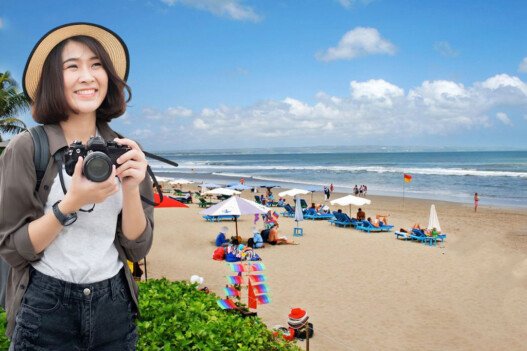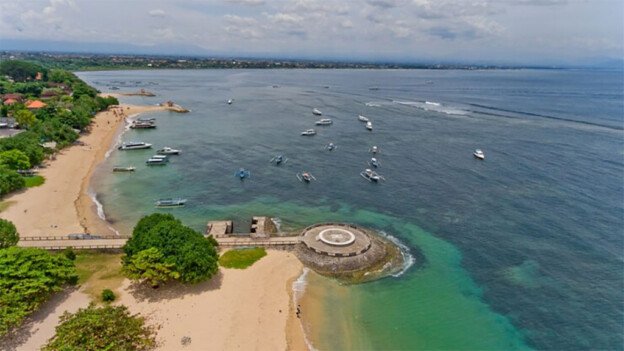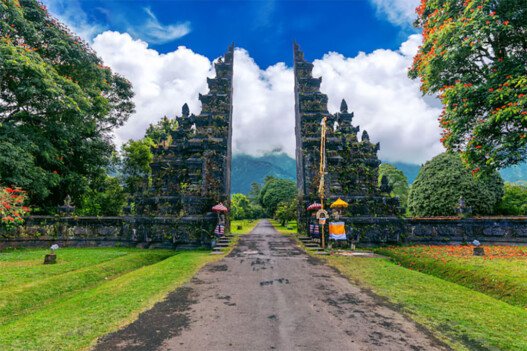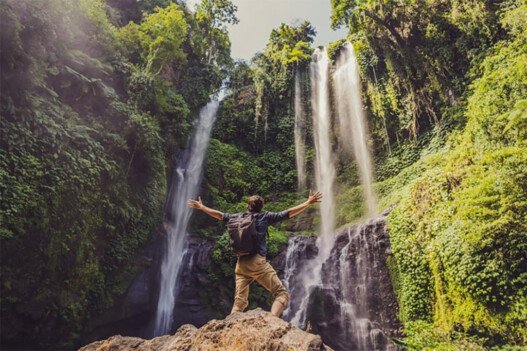Bali is often synonymous with sun-kissed beaches, vibrant nightlife, and mesmerizing temples. But beyond the crowds of Kuta and the lush rice terraces of Ubud lies a hidden gem waiting to be explored — West Bali National Park. This natural sanctuary, tucked away in the island’s farthest corner, offers a unique blend of biodiversity, adventure, and serene beauty that few travelers have yet to discover.
If you’re looking to experience a different side of Bali — one where nature reigns supreme and tranquility abounds — West Bali National Park might just be your next must-visit destination. Let’s dive into what makes this national park such a special place, from its fascinating wildlife and conservation efforts to its pristine landscapes and thrilling activities.
Introduction to West Bali National Park 🌏
West Bali National Park (Taman Nasional Bali Barat) is located on the northwest tip of Bali, spanning about 190 square kilometers. Established in 1995, it protects a wide variety of ecosystems — including mangroves, savannas, monsoon forests, coral reefs, and coastal mangrove swamps. This diverse environment provides a habitat for many endemic and endangered species.
What makes this park especially significant is its role as a sanctuary for Bali’s iconic wildlife, including the rare Bali Starling (also known as the Jalak Bali), an almost extinct bird species native to the island. Besides conservation, the park offers visitors an unparalleled opportunity to immerse themselves in nature, far from the island’s usual tourist bustle.
Biodiversity: The Heart of West Bali National Park 🦜🐢🐾
The park is a living museum of biodiversity. Bird watchers, nature lovers, and wildlife photographers alike will be fascinated by the variety of animals and plants that call this place home.
The Bali Starling: The Island’s Symbol of Hope 🐦✨
The Bali Starling is perhaps the park’s most famous resident. With its striking white feathers, black wingtips, and vibrant blue eye markings, this bird symbolizes Bali’s natural beauty and conservation struggles. Once critically endangered due to poaching and habitat loss, intense conservation efforts within the park have seen its population gradually increase.
Visitors can spot these elusive birds in the park’s protected breeding centers, providing hope that this beautiful species will continue to thrive.
Other Fauna You Might Encounter 🐒🦎
- Javan rusa deer roam the forest freely.
- Wild boar and macaques can often be seen during hikes.
- The park’s coral reefs shelter vibrant marine life including sea turtles and a myriad of colorful fish.
- Reptile enthusiasts can discover various species of lizards and snakes that inhabit the park’s dry forests.
Exploring the Landscapes: From Forest Trails to Coral Reefs 🌴🌊
West Bali National Park isn’t just about wildlife — it’s also a feast for those who appreciate stunning landscapes.
The Forest Trails: A Walk Through Nature’s Diversity 🚶♂️🌳
Several hiking trails crisscross the park, catering to different levels of fitness and adventure. You can trek through dense monsoon forests, cross savanna grasslands, and discover hidden caves. Along the way, you might hear the calls of exotic birds or spot a monitor lizard basking in the sun.
The jungle canopy and shady paths offer welcome relief from the tropical sun, making for a refreshing day of hiking.
The Beaches and Coral Reefs: Snorkeling and Diving Paradise 🐠🤿
The park’s coastal areas boast some of Bali’s most pristine coral reefs, perfect for snorkeling and diving. Menjangan Island, part of the national park, is famed for crystal-clear waters and abundant marine biodiversity. It’s considered one of Bali’s top dive sites, where you can swim alongside colorful corals, reef fish, and even the occasional reef shark.
Whether you’re a novice snorkeler or an experienced diver, exploring these underwater realms offers a magical glimpse into Bali’s marine world.
Conservation Efforts: Protecting Bali’s Natural Heritage 🌱🦜
The park is more than just a tourist destination — it’s a critical conservation area dedicated to preserving Bali’s unique flora and fauna.
Saving the Bali Starling 🕊️
As mentioned, the Bali Starling is a flagship species for conservation in the park. Several breeding and reintroduction programs have been established to increase their population. Visitors can learn about these efforts firsthand by visiting conservation centers where rehabilitated birds are cared for.
Community Involvement and Sustainable Tourism 🌍
Local communities surrounding the park play an essential role in conservation efforts. Many community-based tourism initiatives help protect the park while providing economic benefits to residents. Guided tours, homestays, and eco-friendly accommodations are designed to minimize environmental impact.
By visiting West Bali National Park responsibly, tourists contribute to preserving this incredible ecosystem for future generations.
How to Get There and When to Visit 🚌📅
Getting to West Bali National Park
West Bali National Park is approximately a 3-4 hour drive from Bali’s popular southern tourist areas such as Kuta or Seminyak. The most common way to reach the park is by renting a car or hiring a driver. Public transportation options are limited, making private transport the best choice.
Once there, park entrance fees apply, and guided tours can be booked at the visitor center or through local operators.
Best Time to Visit
The park can be visited year-round, but the dry season (April to October) is ideal for outdoor activities like hiking, snorkeling, and wildlife spotting. During the wet season (November to March), trails may be slippery, and some activities limited, though the rainforest looks particularly lush.
Activities You Can Enjoy in West Bali National Park 🎒📸
Hiking and Bird Watching 🚶♀️🔭
There are several trails tailored to different interests. Bird watching tours are especially popular, with guides helping you spot and identify rare species.
Snorkeling and Diving 🏊♂️🐠
Menjangan Island’s underwater world is a must-see. Many operators offer day trips with equipment rental and boat transfers.
Mangrove Tours and Kayaking 🚣♀️🌿
Exploring the park’s mangrove forests by kayak offers a peaceful way to observe unique ecosystems and spot wildlife like crabs and fish.
Camping Under the Stars ⛺✨
For the adventurous, camping within designated areas of the park offers a chance to experience Bali’s wilderness overnight, surrounded by natural sounds and a star-filled sky.
Insider Tips for Visiting West Bali National Park 💡📌
- Hire a local guide: They provide invaluable knowledge on flora, fauna, and conservation.
- Bring insect repellent and sunscreen: The tropical climate means bugs and sun exposure are part of the experience.
- Respect wildlife and environment: Keep a safe distance from animals and avoid littering.
- Plan your trip in advance: Accommodations and guided tours can fill up during peak seasons.
- Stay hydrated and wear comfortable shoes: Hiking and outdoor activities can be physically demanding.
Beyond the Park: Nearby Attractions to Explore 🌅🏞️
While the national park is a major highlight, the surrounding areas offer charming spots to complement your visit.
- Pemuteran Village: Known for eco-tourism and coral reef restoration projects.
- Pulaki Temple: A serene Hindu temple located near the park’s entrance, offering cultural insights and scenic views.
- Banyuwedang Hot Springs: Relax in natural hot springs surrounded by tropical forest.
Final Thoughts: Why West Bali National Park Should Be on Your Bucket List 📝❤️
In a world where Bali’s popular spots can sometimes feel overcrowded and commercialized, West Bali National Park stands out as a peaceful refuge of nature and adventure. It offers something rare — a chance to connect deeply with Bali’s unique wildlife and landscapes while supporting conservation efforts.
If you crave an authentic experience off the beaten path, where every bird call and rustle in the forest tells a story, this national park is Bali’s best kept secret waiting for you to uncover.

